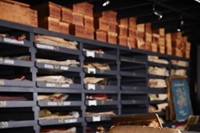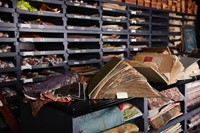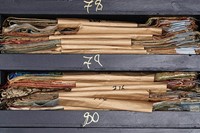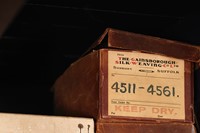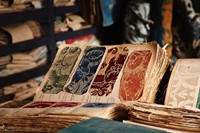Gainsborough Silks has created fabrics for some of the most revered names in fashion. We take a moment to delve inside its rich history of textile production
Who? Sudbury-based Gainsborough Silks was founded in 1903 by Reginald Warner, 60 miles outside of the English county of Suffolk, where the factory remains to this day. Named after the Romantic-era painter Thomas Gainsborough, Warner hailed from a design background and his father Metford Warner established Jeffrey and Co., the first major manufacturers of wallpaper for the arts and crafts movement, who hand-blocked the intricate botanical designs adorning the houses of William Morris aficionados until 1926.
After becoming an apprentice for a silk weaving company in Ipswich, the young Warner Jr. went on to travel the world amassing an astonishing collection of fabrics from France and Italy that form part of the Gainsborough Archive, a storied assortment of textiles comprising over 5,000 designs. Alongside Gainsborough’s work with the fashion industry, the company creates bespoke silks and fabrics for stage sets and costumes in film productions, their designs forming the lavish bustles and bodices featured in many a period drama. It also furnishes all the royal stately homes, including Buckingham Palace, Windsor castle and Sandringham. Interesting fact: during the 1980s Princess Margaret visited the factory in person, after commissioning a silk reproduction of the royal Stuart tartan for the Queen Mother’s 80th birthday.
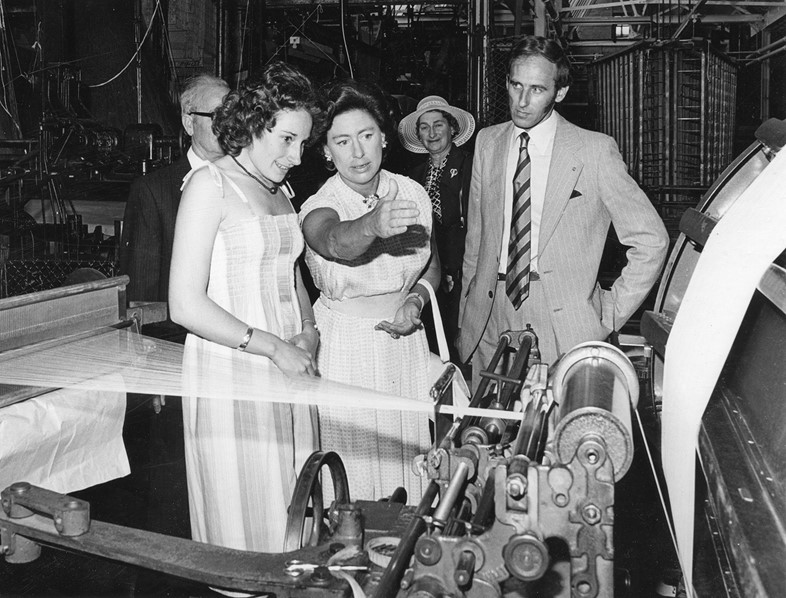
What? Best known for its classical damask print, Gainsborough Silk is manufactured using some of the same methods employed by weavers and merchants 200 years ago, with the raw materials travelling along the traditional silk road route before arriving in the U.K. The small team of 30 employees and specialists oversees the production of fabric from start to finish, and uses all natural fibres – including cottons, linens and wools – twisting, spinning and weaving the yarns to produce exquisite textiles.
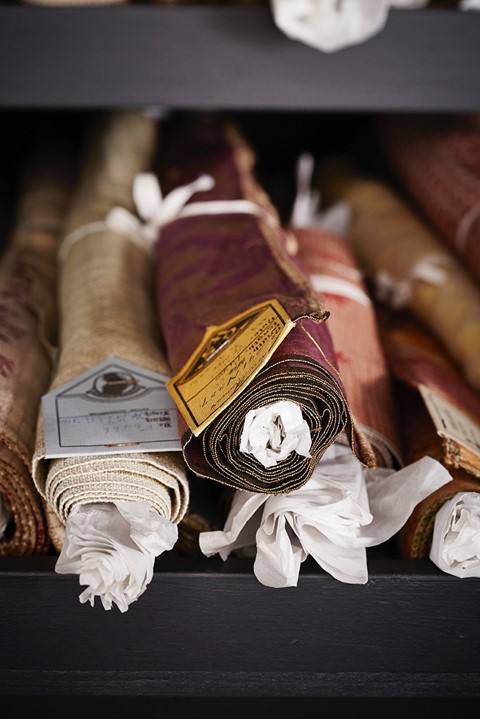
The dedication to the craft of silk weaving is emphasised with an educational slant, as members of staff are also trained in house over a period of three to five years due to the fact that many of the techniques used cannot be learned elsewhere. The extensive archive of fabric gathered by Reginald Warner at the turn of the last century is tended to by a retired Cambridge academic, Lynette, who works to fill in the gaps in history to create a full picture of weaving and silk production in Britain. The archive itself forms a part of The National Archives and remains one of the most important textile collections to date, housed in a wealth of carefully maintained shelves and sample books within the heart of Gainsborough Silks.
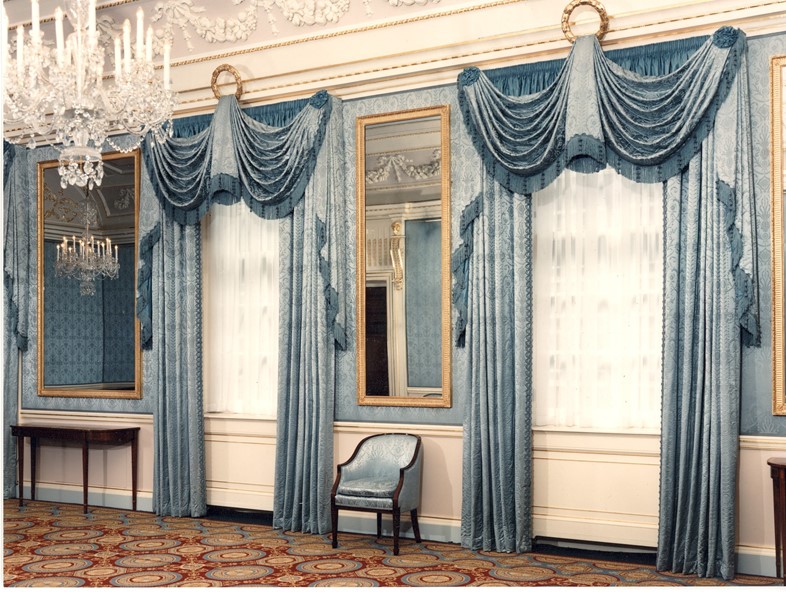
Why? Last year, Gainsborough Silks worked with Saint Laurent in Paris to produce heavyweight fabrications for jackets. In recent months, the company manufactured silk for the dresses in Christopher Kane’s A/W17 collection, where French neo-classical damasks were given a modern reinterpretation – and styled with faux-fur trimmed Crocs. Kane has a long-standing relationship with the factory, visiting the site of production whilst he was an intern cutting his teeth in the industry. The factory also remains close with the likes of Sir Paul Smith and Giles Deacon, and prides itself on the level of discretion required when making work for highly anticipated collections season after season.

